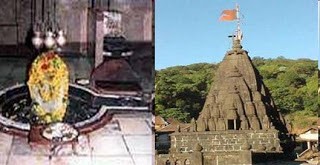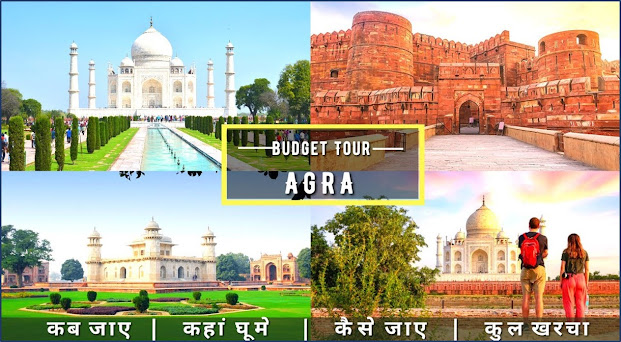LOCATION: In the Ramnad region of Tamilnadu. On the southern coast of India. at the lowest point, the seaside Rameshwar temple is located. This JyotirLinga is one of the four sanctuaries mentioned above.
Taking water to the Ganga Rameshwar is considered to be the most beautiful and honorable thing to do after visiting the four sanctuaries. After the holy bath in indumadhav with the water of the Ganga.
Sacred water is transported to Dhanushkoti Setumadhav, after which a small amount of sand from here is taken to Prayaga's (Allahabad) Venumadhav and then into Triveni Sangam where from Sriveni Sangam, the small Ganga water from here is brought home. Completing this practice is believed to make one's journey to Char Dham of the four sanctuaries complete and successful.
In classics like Skandha Purana, Shivapurana etc., Rameshwar is portrayed as a very important place Rameshwara's story goes like this: After Sita's capture, Ram wandered in the woods looking for here. While he did. met S Sugriva. and made friends with him.
Later, with the help of special envoy Sri Hanuman, he discovered where Sita had been taken. Rama then prepared an army to attack the Ravan empire and reached the shores of the South Seas. He had no way to cross the sea.
Lakman and Sugrive saw Rama, a devout Shiva who was in great distress and could not do anything. But Ravan received some gifts from Lord Shiva. Rama knew this so, his fears would not rest. In the meantime, Rama is completely dry.
As he was about to drink water, he remembered that he was going to make Shiva Pooja. He soon made Parthiv Linga and served it in sixteen ways. I.e. Shodasopachar Vidhis.
Ram prayed to Lord Shiva with zeal and soul and sang hymns of praise to the Lord with a loud voice. She danced and performed the sounds of "Aagad bam bam". This pleased Shiva immediately and he appeared before Rama and told her that he could ask for any gifts and that he would give them.
Ram showed great care, love and affection for Shiva and prayed and bowed. Rama said 'If you are wandering around giving me my wishes, please stay in this world for all and do if the saint' Shiva gave the same as "Evamastu" which means "so be it" He then stayed there and came to be known as Rameshwara, from Shiva Linga and popular.
With the blessings of King Shiva, Rama killed all demons including Ravana and conquered. Anyone who takes the Jarsot of JyotirLinga in Rameshwar, sprinkles the sacred waters of Ganga, finds salvation and reaches Kaivalya Moksha or Nirvana.
Where JyotirLinga is located, a large and spacious Temple has been built. It is renowned in the world as a common example of construction.
In the Ramnad region of Tamilnadu. The temple is located on a large sand island. It's worth seeing and it's a good experience. The main gate of the temple tower is ten stories high. Its sculpture, side paintings, and peaks are awe-inspiring.
The greatness of the Lord is really felt here. The human weakness of having a small mind is automatically eliminated and they feel their rise. On the long stone pillars of the Temple. A good recording is visible. Elephants with their raised trunks are visible.
The four sides of the Temple are surrounded by strong stone walls. 650 ft. No-125 ft. Width and length respectively. Built on a sandy island, this magnificent temple is a masterpiece and is very impressive.
Near the geat temple of Rameshwar, there is a separate Parvati Temple known as the Parvatavardhini Temple. Apart from this, there are temples in Santana Ganapati. Veerabhadra Hanuman, Navagrahas, Ammandevi, etc. At a distance of about 2 miles from the main temple.
There is Mount Gandhamaadhan. Ramkhai, Ramjharokha, VishishanaThe temples should be visible. Besides being sandy, it is also lush with a variety of flowers. This is the Nandanavan of Rameshwar.
The island has 24 sanctuaries such as RamaTeerth, Site Kund. JataTeerth. Lakshman Teerth, KaplTeerthas, Brahmakund, GalawaTeerth, Mangala Teerth, Kodandaram Teerth, PandavTeerth etc. Jay Shri Rameshwar! Jay Shri Rameshwar! Jay Shri Rameshwar!







